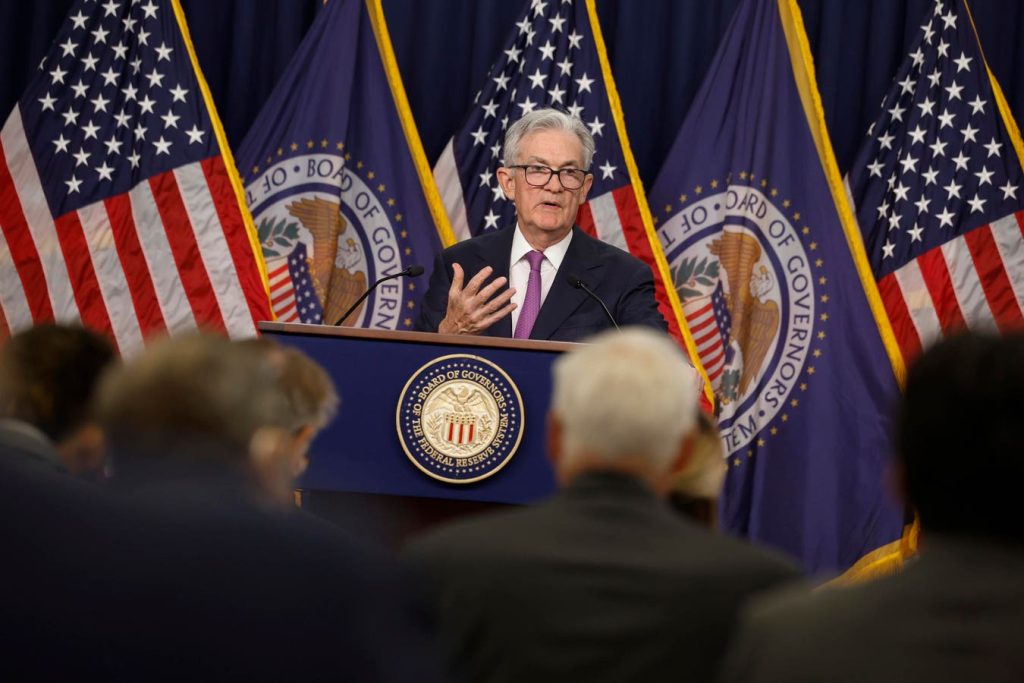The November 2024 Employment Situation report painted a nuanced picture of the U.S. labor market, characterized by a rebound in payroll growth coupled with a slight uptick in the unemployment rate. This seemingly contradictory data set, however, solidified expectations for an interest rate cut by the Federal Reserve in its December meeting. The report, eagerly anticipated by economists and market analysts, ultimately offered a reassuring narrative: the economy is not teetering on the brink of recession, but it is displaying signs of slowing momentum, thus justifying the Fed’s anticipated intervention.
The headline figure of 227,000 new jobs added in November was a significant improvement over the initially reported 12,000 jobs for October. This rebound was largely anticipated, given the negative impact of hurricanes and strikes on the October data. Revisions to the September and October figures further bolstered the positive picture, adding a combined 56,000 more jobs to the previous two months’ tallies. This robust job creation, however, was tempered by a modest rise in the unemployment rate, which ticked up to 4.2% from 4.1%. This increase, while seemingly negative, aligned with expert forecasts and provided further evidence of a cooling labor market, reinforcing the likelihood of a rate cut.
Beyond the headline numbers, other indicators within the report, as well as recent labor market data, provided a more comprehensive understanding of the employment landscape. Continuing jobless claims remained exceptionally low at 1.871 million, representing a mere 1.1% of the labor force. Initial jobless claims were also subdued at 224,000. Data from the Job Openings and Labor Turnover Survey (JOLTS) revealed over 7.7 million open positions in October 2024. While significantly lower than the pandemic-era peak, this figure still represented a historically high level of job availability pre-COVID. The substantial gap between open jobs and the number of unemployed individuals further mitigated concerns of widespread job losses in the near future.
The November jobs report carries significant implications for the Federal Reserve’s monetary policy decisions. The Fed’s dual mandate focuses on achieving maximum employment alongside price stability. While the current labor market, characterized by low unemployment and plentiful job openings, fulfills the employment aspect of the mandate, inflation remains a persistent concern. Despite consumer price inflation accelerating in October, the evidence of a slowing labor market strengthens the case for a rate cut. The Fed’s concern rests on preventing further deceleration of the labor market, making a 0.25% rate cut in the December meeting highly probable.
The market’s reaction to the jobs report underscored the “Goldilocks” nature of the data: positive enough to allay recession fears, yet moderate enough to justify the Fed’s anticipated intervention. This balanced outlook supported market optimism, with expectations of a rate cut weighing down bond yields and the dollar, while simultaneously bolstering equities and select industrial commodity prices. The report essentially presented the ideal scenario for those anticipating interest rate relief. The improvement in payrolls, coupled with diminished recession risks and the high probability of a rate cut, created a favorable environment for risk assets.
In conclusion, the November jobs report presented a complex but ultimately positive narrative for the U.S. economy. The rebound in payroll growth, while welcomed, was juxtaposed against a slight increase in unemployment, signaling a cooling labor market. This dynamic, coupled with persistently high inflation, solidified expectations for a Federal Reserve rate cut in December. The market, interpreting this data as a sign of a healthy but slowing economy, responded favorably, with the prospect of lower interest rates bolstering investor confidence and supporting growth in equity markets. The report effectively validated the Fed’s anticipated policy shift, presenting a balanced picture of the economy that avoided both extremes of overheating and imminent recession.

